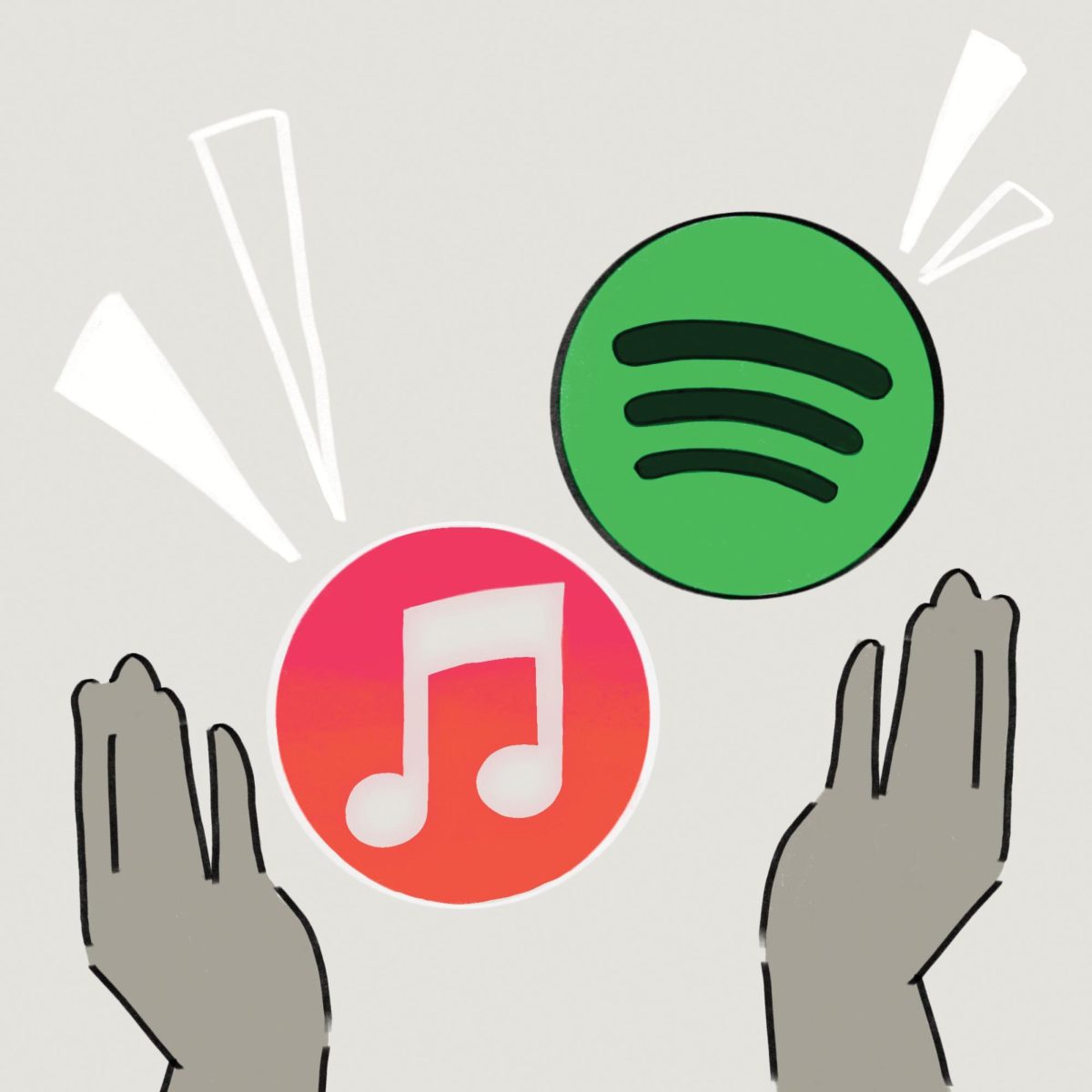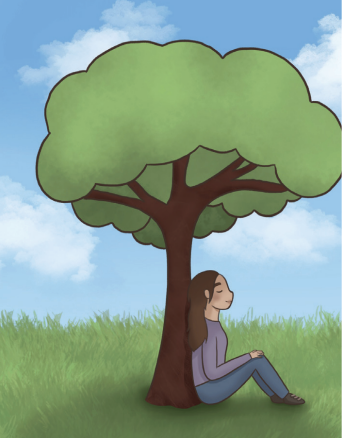
Following the events of Jan. 6, the vast majority of us have found our newsfeeds and social media feeds inundated with impassioned, frustrated and angry responses. From heated Instagram infographics to irate TikTok comments, a new web of discourse has unfolded surrounding the Capitol insurrection. Although in some respects it has ushered in an important reevaluation of the radicalizing power many social media platforms hold (the annals of Pizzagate Facebook appear well overdue for some censorship), the more concerning outcome has been the polarizing discourse that has emerged en masse. At a time where it seems universal condemnation of the actions at the Capitol should be imminent, people appear to have fallen even further into their respective camps. Instead of coming together as one nation to protect and preserve the sanctity of our democracy, people have taken sides like football teams.
In particular, there is one discussion that has emerged almost universally, from Instagram to news sources to even the classroom, that causes me particular consternation. The constant comparison between the Black Lives Matter protests over the summer and the Capitol insurrection is alarming not only because the majority of sane people would see the two events share little in common, but also because of the polarization these comparisons indicate.
I have found the overwhelming response to the Capitol Hill insurrection to be a strange, partisan tit-for-tat one, rather than an important wake-up call to the radicalizing power of social media and the dangers of so-called alternative facts. The recent events have been a concrete manifestation of the havoc partisanship has wreaked on our country, dividing us further and further apart until there is virtually no middle ground left. And yet, instead of addressing the root of these issues or waking up from our stupor of vile, partisan hatred, people have divided into camps, arguing the pros and cons of violent action in an unproductive, circular manner. This mentality, almost like a horde of gameday football team fans where people will defend the actions of members of their party till the end, paints a bleak portrait of the future of our country.
Even in our own classrooms at Marlborough, this outlook seems pervasive. While we all might share a similar perspective on the situation, it seems alarming that partisan vitriol has erupted, rather than critical examination and skepticism. In my own classes and on the account of my peers as well, most of the rhetoric that has evolved around the insurrection seems to be one of anger and shock. And while those sentiments are certainly justified, it alarms me that even a place of learning lacks the clear-headedness to evaluate a situation on its face. Why are our most sacred institutions being disrupted? What brings us to this place? And more importantly, why aren’t we talking about it?
I think one factor, in particular, makes the future look even more dismal than we might have anticipated: people seem to enjoy it. On the surface, everyone loves to talk about a united front and holds out hope for an administration that might unify our country and reach across the aisle to see real change. However, I genuinely have come to believe that a deeper rupture will need to be mended for that to be possible. People have come to enjoy the circus of politics and the contention and acrimony it brings, so much so that they have no incentive or interest in reaching across the aisle in their personal life or in their politics. The circular, unproductive debates that are so prominent on platforms like social media are indicative of this. Take the response to the slogan popularized surrounding Breonna Taylor’s murder “Say Her Name.” The slogan was designed to elicit a response, and focus on her individual humanity when discussing the case; however, the slogan fell-off trending lists as news sources moved on. A strange phenomenon occurred following the capitol hill riots, as a similar hashtag began trending across social media platforms once again. However, this time the slogan had been coopted and used in reference to Ashli Babbit, a member of the mob (and a fierce Qanon-loving, Trump supporter) who was shot. People enjoy playing a tit-for-tat game of inches, where they can be as ruthless and spiteful as they want in the name of ideology, as we have seen with the response to the Capitol insurrection. People can’t come together and form a strong response because they have no desire to do so; instead the debates and contention that emerge are too salacious, too vile and too entertaining to end.
Now perhaps I have been unnecessarily apocalyptic in my assessment of the situation, yet the contention that emerged over even the past six months has left many Americans feeling similarly. In the midst of a global pandemic, partisan acrimony makes it difficult to feel hopeful. Regardless, I hold out hope that the new administration will make good on its promise and aspiration for unity and help heal some of the palpable divisions that have emerged in our country.
By Lily ’22





